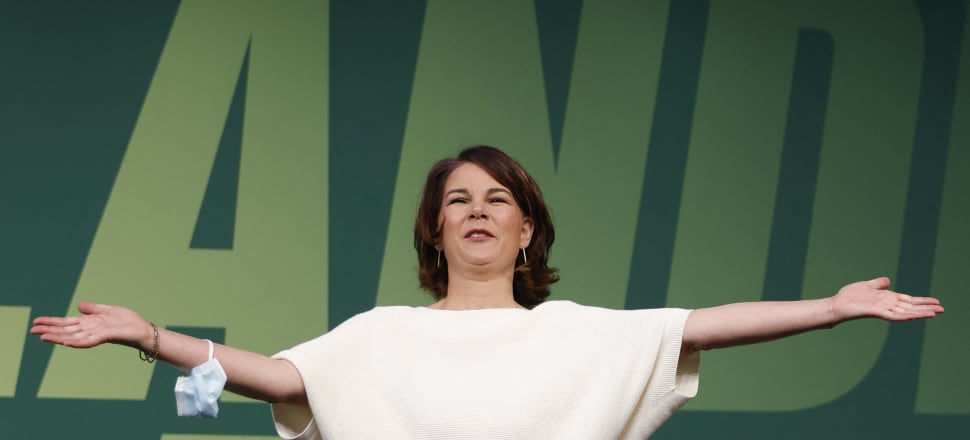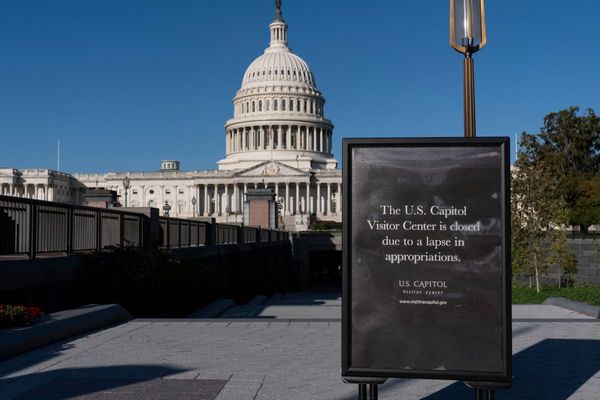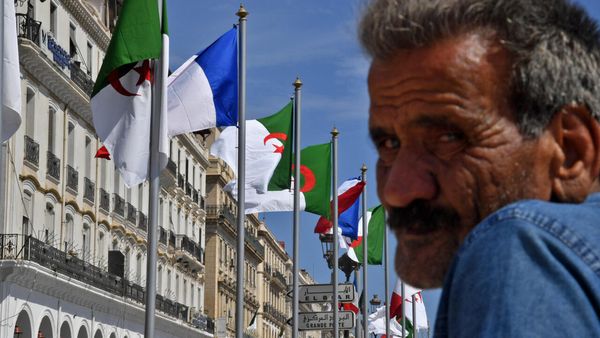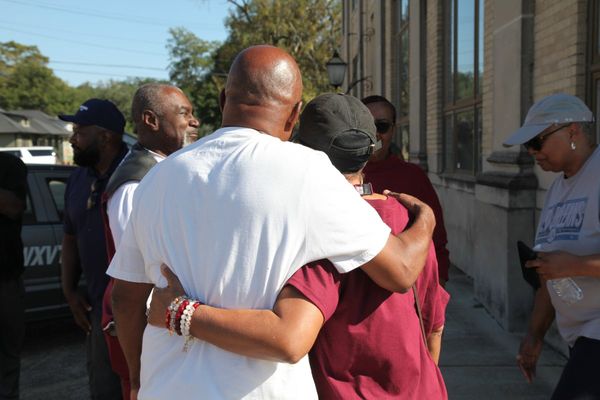
Germany's election result and ongoing coalition negotiations don't augur well for real action on the climate emergency, writes Nina Hall
In 1995, a young Angela Merkel presided over the first meeting of the UN Framework Convention on Climate Change in Berlin. She was then environmental minister for the governing CDU party. Merkel was a strong advocate internationally for climate action.
In the lead-up to the 1995 conference she explained that “Greenhouse gas emissions do not only have to be stabilised, but have to be reduced as quickly as possible." However, domestically Merkel was a strong supporter of Germany’s auto industry, and has been painfully slow to start phasing out coal.
Merkel is now finishing16 years as Chancellor (winning four federal elections and convening four coalition governments). Although she was dubbed the “Climate Chancellor” by some, her governments have been routinely criticised by the climate movement. On September 24, youth activists from Fridays for Future mobilised hundreds of thousands of protestors across Germany. More than 10,000 stood outside the German Bundestag (parliament) as Greta Thunberg proclaimed that: “No one party is even close to proposing a pathway that would be consistent with the Paris agreement”.
Two days later the federal election delivered an underwhelming result for climate politics. The Green Party had high hopes and strong climate politics. In late April it announced for the first time a candidate for Chancellor – Annalena Baerbock.
Typically only the major two parties, the Social Democratic Party (SPD) and the Christian Democratic Union (CDU) field candidates for Chancellor. Minor parties are not seen to have a chance, yet support for the Greens and their candidate sky-rocketed. Polling in May put the Greens as the most popular party with around 25 percent, just ahead of the CDU, and far ahead of the SPD. An ugly power struggle in the CDU over Merkel’s successor boosted support for the Greens, who appeared much more competent. But the election didn’t turn out as anyone guessed.
First, there were sustained personal attacks on Annalena Baerbock. Her critics claimed she was unqualified for the job and a plagiarism scandal undermined her further. Secondly, severe floods in Germany killed over 180 people and altered the physical and the political landscape. Thousands of people lost their homes and businesses, and insurance claims from the floods were estimated to be at least 4 to 5 billion Euros.
This seemed like the perfect moment for the Greens to seize: after all they’d been warning for years of the apocalyptic consequences of climate change, the need to rapidly cut carbon emissions, and prepare for natural disasters. Baerbock did propose improvements to civil defence and to weather damage insurance, and support for the Greens increased by two percent. They were helped by a series of gaffes by Armin Laschet, the CDU's candidate for Chancellor (Laschet was filmed laughing while the President was speaking to flood victims).
It was the SPD Chancellor candidate, Olaf Scholz, who benefited most politically from the floods. As the incumbent finance minister, he was the man with the money (since 2017 the Social Democrats have been in a grand coalition with Merkel’s CDU party). After the floods, Scholz came back early from his summer holiday and visited the affected region. He announced an immediate relief package, offering 200 million euros in emergency aid, and stated the federal government would make more available if needed. In the final six weeks of election campaigning, public support kept growing for Scholz (to the surprise even of some members of the SPD). In August, the SPD eclipsed the Greens in the polls and then the CDU. Two weeks before the election Scholz had become the person to beat, and it was his party which ended up with the most votes in the federal election.
However, the election showed a more divided Germany than ever before. None of the major parties won much more than a quarter of the vote. The SPD gained the largest share (25.7 percent). Merkel’s CDU party, came in second, winning just 24.1 percent, its worst result ever. Laschet acknowledged the loss of Merkel was a major blow to the party, and that he made mistakes on the campaign trail. The Greens were third, with 14.8 percent - their best result ever, but far from the win they wanted.
Now a complex series of coalition talks have begun. The Social Democrats and the Greens had campaigned on forming a left-wing government. Their preferred partner party, die Linke (the left) scraped into parliament by winning electorate seats, but got just 4.9 percent of the vote. Instead, the SPD and Greens have to turn to the liberal, Free Democratic Party, with 11.5 percent, to form a governing coalition.
The Liberals and the Greens are diametrically opposed on how to address climate change, and run the economy. Both parties covet the finance minister position. While the Liberals want to cut back government regulations and let businesses find their own answers, the Greens see a strong role for the federal government to ensure Germany cuts greenhouse gas emissions by 70 percent by 2030.
Despite these political differences, it is likely the Social Democrats, Liberals, and the Greens will form a coalition (the so-called “traffic-light” coalition due to the colours associated with each party). The Liberals walked out of coalition talks in 2017 over differences with the Greens. This time Liberal leader Christian Lindner has been at pains to show he’s ready to govern. The Greens are also keen to return to government, after more than 15 years out of office. They will all need to compromise to form a government.
The results of this election don’t bode well for the climate: Germany didn’t get its Green “Climate” Chancellor. Expect climate activists to continue to take to the streets and criticise their government.







